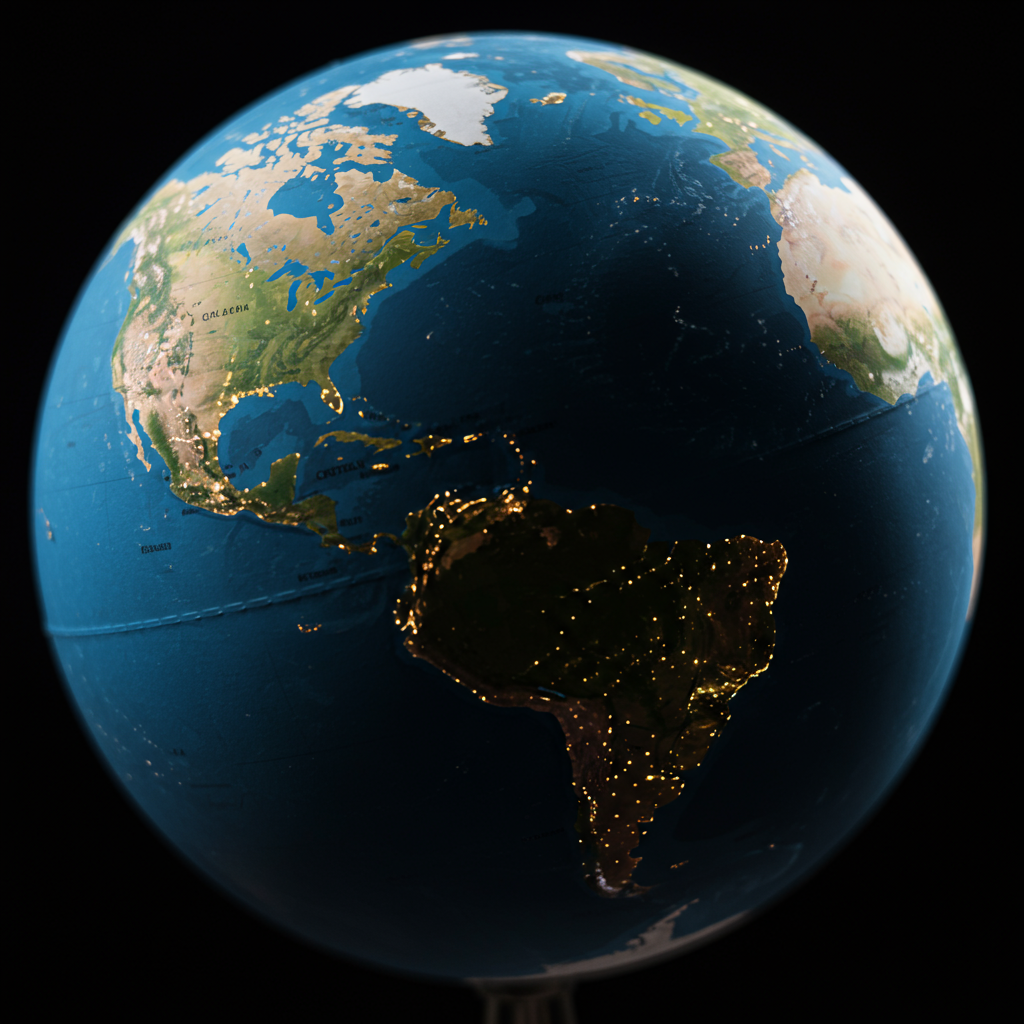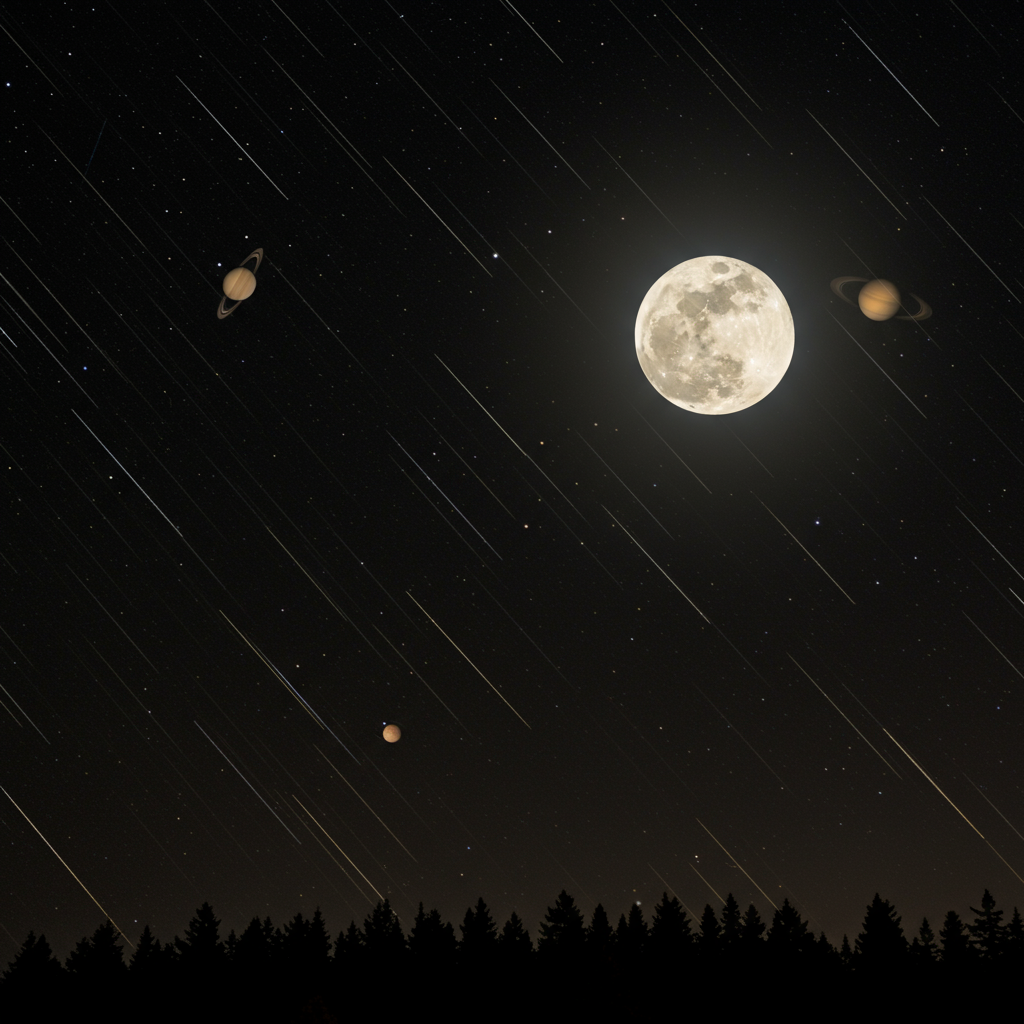Imagine gazing out from orbit and witnessing a vivid burst of red light shooting upwards from the Earth’s atmosphere. That’s exactly what NASA astronaut Nichole Ayers experienced aboard the International space Station (ISS) in July 2025. She captured a breathtaking photograph of a rarely seen atmospheric event: a red sprite.
This incredible image, taken during a pass over Mexico and the United States, quickly went viral. It showed a glowing bluish-purple halo transitioning into a dramatic red column extending towards space. Shared by Ayers on X (formerly Twitter) on the evening of July 3rd, the photo captivated millions online.
What Are Red sprites, Exactly?
Red sprites are not lightning as we typically know it. They are a type of upper-atmospheric lightning. Unlike the familiar bolts that strike downwards from thunderclouds, sprites shoot upwards.
These elusive events occur high above the Earth’s surface. Their altitude ranges between 30 and 60 miles (about 48 to 96 kilometers). This puts them in the mesosphere, a layer far above where regular thunderstorms form. The characteristic red or pink color comes from a unique interaction. High-energy electrons collide with nitrogen molecules present in the upper atmosphere.
Red sprites belong to a broader category of phenomena. Scientists call these Transient Luminous Events, or TLEs.
Other Transient Luminous Events (TLEs)
The atmospheric electrical activity extends beyond just red sprites. Other fascinating TLEs include:
Blue Jets: Electrical discharges that travel upward. These originate from thunderclouds but extend into the stratosphere.
Elves: Expanding, disk-shaped glows. Lightning-generated electromagnetic pulses trigger these events.
- Gigantic Jets: Exceptionally large electrical discharges. They span from thunderstorms all the way up to the ionosphere.
- www.newsweek.com
- www.newsweek.com
- www.factcheck.org
- abcnews.go.com
- insights.som.yale.edu
While pilots reported seeing sprites back in the 1950s, photographic evidence only emerged later in the 20th century. Today, advanced space-based cameras, such as those on the ISS, allow for more frequent study. These observations help scientists better understand storm behaviors, as NASA has noted.
Why Observing Red Sprites From Space Matters
Images like the one captured by Nichole Ayers offer more than just stunning visuals. They hold significant scientific value. Studying sprites is crucial for understanding the Earth’s atmospheric electrical balance.
These events can potentially impact technology we rely on daily. This includes communication systems and aviation. Space-based observations are particularly essential for documenting TLEs. Detection from Earth faces limitations. Weather conditions and geographical barriers often obstruct ground-based views. The vantage point from the ISS provides a unique perspective. It is unobstructed by clouds or light pollution. This makes it an ideal platform to study these fast-moving, high-altitude events.
Life Aboard the ISS: Contributing to Discovery
Nichole Ayers is part of Expedition 73 aboard the ISS. Like her fellow crew members, including astronauts Suni Williams and Butch Wilmore, she participates in a wide range of scientific experiments. Their work spans from environmental monitoring to observing human physiology. These missions are complex and require adaptability. Sometimes, unexpected challenges arise, leading to extended stays in orbit due to vehicle readiness, as was the case with Williams and Wilmore’s Starliner mission.
Despite the challenges, the work done on the ISS is foundational. Crew members understand their efforts contribute to a long legacy of exploration. Observing phenomena like red sprites is one piece of this larger puzzle.
The ISS serves as a unique laboratory. Experiments conducted there provide fundamental insights not possible on Earth. Former astronaut Cady Coleman highlighted this with an example of a simple fluid behavior test in weightlessness. The results were vastly different from ground expectations. This seemingly basic research advanced understanding crucial for future missions, such as those requiring water recycling on Moon bases or Mars journeys. It also yielded benefits for Earth applications, from health testing to environmental cleanup. Similarly, documenting and understanding TLEs from space contributes essential data about our planet’s atmosphere and the space environment.
Preparing for Humanity’s Future in Space
Current missions aboard the ISS directly support ambitious future goals. These include NASA’s Artemis program, which aims to return humans to the moon. The ultimate vision extends to sending astronauts to Mars. A Mars mission is a monumental undertaking, potentially requiring years, including months of travel each way. It faces significant hurdles, such as developing sustainable resources, maintaining equipment without Earth support, mitigating health risks from prolonged space exposure, and managing communication delays.
Understanding the space environment is critical for overcoming these challenges. Observations of phenomena like red sprites contribute to this knowledge base. Space exploration is a massive, collaborative effort. It involves vast teams on Earth working seamlessly with crews in orbit. The growing involvement of commercial space companies is also accelerating progress. They can test hardware more aggressively and iterate faster, pushing capabilities forward for both government and private ventures. The insights gained from every observation, every experiment, from the breathtaking view of a sprite to the behavior of a liquid drop, build towards humanity’s future among the stars.
Frequently Asked Questions
What is a red sprite and how is it different from regular lightning?
A red sprite is a type of electrical discharge occurring high above thunderclouds, in the Earth’s mesosphere, between 30 and 60 miles altitude. Unlike regular lightning bolts that travel downwards from clouds to the ground, sprites shoot upwards into the atmosphere. Their characteristic red or pink color is caused by the interaction of high-energy electrons with nitrogen molecules at these high altitudes.
How does observing red sprites from the International Space Station help scientists?
The ISS offers a unique vantage point in orbit, above weather systems and light pollution, allowing for unobstructed views of upper-atmospheric phenomena like red sprites. Studying these events from space provides crucial data for understanding the Earth’s atmospheric electrical balance. This research can help assess potential impacts on critical technologies like communication systems and aviation.
Why is understanding atmospheric phenomena like red sprites important for future space missions?
Understanding the conditions and electrical activity in and above Earth’s atmosphere is vital for planning and executing future space missions. This includes missions to the Moon via the Artemis program and eventual human voyages to Mars. The data gathered from observing TLEs helps scientists build a more complete picture of the space environment, contributing to the knowledge needed to ensure the safety and success of long-duration human spaceflight.
Conclusion
The capture of the astonishing red sprite by astronaut Nichole Ayers reminds us of the dynamic and mysterious nature of our planet’s upper atmosphere. It highlights the invaluable role of the International Space Station as a platform for both breathtaking observations and critical scientific research. Every image and experiment conducted in orbit expands our understanding of Earth and the vast environment beyond. As humans continue to push the boundaries of space exploration, phenomena like the red sprite serve as stunning reminders of the wonders that await discovery and the fundamental knowledge we gain from studying our home planet from a unique perspective.



